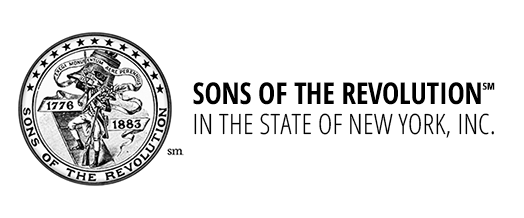Planned Giving
Long Room Association Planned Giving Society
We have established the Long Room Association as a planned giving society to recognize members who have documented an intended bequest or other planned gifts with an estimated value of $100,000 or more. These planned gifts could be through a will or a trust; IRA or donor advised fund account beneficiary designation; life insurance policy beneficiary designation; or a payable on death account at a bank or brokerage firm. Those who contribute at least $100,000 to the Building Maintenance Endowment Fund or the Museum Endowment Fund, either directly or through an IRA or donor advised account, will also qualify for membership in the Long Room Association.
The Society thanks the current Long Room Associates for their support:
Anonymous
Kenneth H. Chase
Peter C. Hein
Scott A. Jeffrey
Ambassador John L. Loeb, Jr.
Robert N. McKay, Esq.
Peter Gibb Cropper Nemiroff
Stanley (Deceased) and Elizabeth Scott
George Gardner Watson (Deceased)
Craig H. Weaver
Stephen T. Whelan
Tina K. and Kent D. Worley
★
Below is a list of the different ways of giving. If you are considering a gift, please contact development@frauncestavernmuseum.org.
-
A gift from your estate in the form of cash, securities, or other property made through your estate plans is an excellent way to participate in the Planned Giving Program. Remembering the Society with a bequest or gift from a trust will help sustain and strengthen our mission for years to come. Estate plans should be prepared by and with the advice of an attorney to ensure that your intentions are carried out.
-
Giving from your retirement plan as part of your estate plan can be a tax-efficient and simple way to include the Society in your estate plan. You can also give currently from your IRA. Since SRNY is a non-profit, we will not pay income tax on the distribution nor will the gift be subject to estate tax. Those who are 70 1/2 or older can make a Qualified Charitable Distribution of up to $100,000 per year directly from an IRA account, which provides tax advantages to the donor.
-
SRNY accepts gifts from Donor Advised Accounts. If you have a donor advised account, search your provider’s grant website for Sons of the Revolution in the State of New York using our EIN 13-5563011.
-
Gifts of securities often confer significant tax benefits on a donor. Gifts of publicly traded securities that have appreciated in value allow you to claim a charitable deduction for the full market value of the securities on the date the gift is made. Gifts of securities are also not subject to the capital gains tax. Securities can be transferred to the SRNY in a variety of ways.
-
Your brokerage firm or bank or other financial institution can tell you what form needs to be completed to designate Sons of the Revolution in the State of New York, Inc. as a beneficiary.
-
Life income plans can be an excellent way to support the Society while ensuring your own financial future or that of your loved ones. You can make a gift to SRNY through a Charitable Remainder Trust or Charitable Gift Annuity that will pay you and/or another beneficiary annual income for life. At the death of the last income beneficiary, the remaining principal is transferred to the Society.
-
Real estate is a versatile asset. Whether it is a personal home, vacation home, undeveloped property, or a farm it can be contributed in many different ways that are highly effective. One way to make a gift of real estate is to use the property as a way to fund a trust that makes payments back to the organization. It can also be given as an outright gift.
-
Naming SRNY as a beneficiary of a life insurance policy is both easy to do and can be an ideal planned giving gift. In addition to naming SRNY as the primary beneficiary of a life insurance policy, SRNY can be named as a contingent beneficiary or the beneficiary of a stated percentage of a policy. You may wish to consult your tax advisor concerning any tax consequences, appraisal guidelines and administrative procedures to pay the premiums.
-
A charitable lead trust is a unique way of giving. It can be used to transfer assets to children or others at a significantly reduced tax liability. The trust makes a fixed payment to the Society for a specific term, measured either by someone’s life or a selected number of years. After the term ends, the assets of the trust are either returned to you or passed on to the beneficiaries. A charitable lead trust can be a powerful tool in planned giving. Consult your estate planning professionals concerning the establishment and maintenance of a charitable lead trust
-
The donation of mission-appropriate art and antiques may be an effective way to further the Society’s educational mission.
In addition, an often-overlooked way to support the Planned Giving Program is through the donation of art and antiques of no mission related value. The pieces are given to the Society with the plan to have them sold and the proceeds of the sale returned to the Society.

